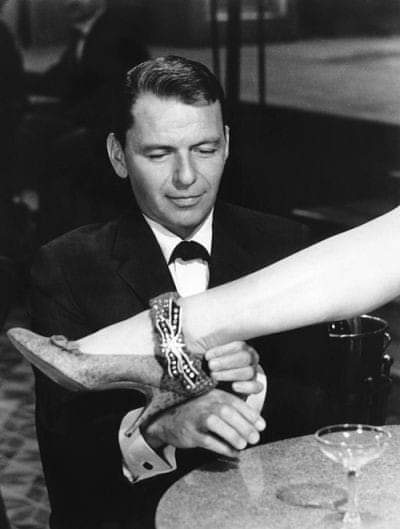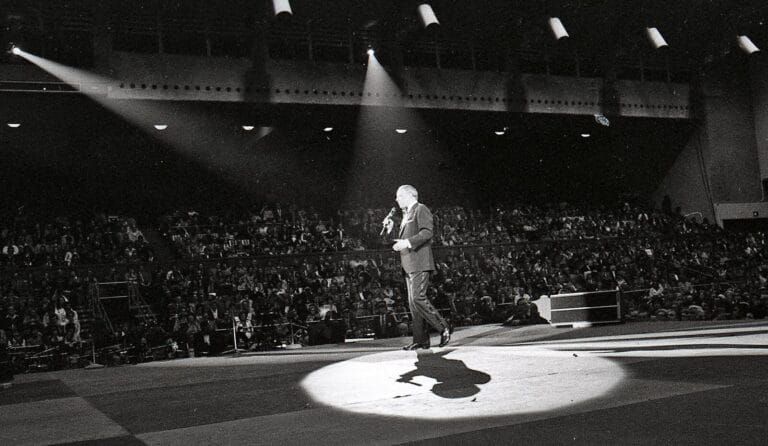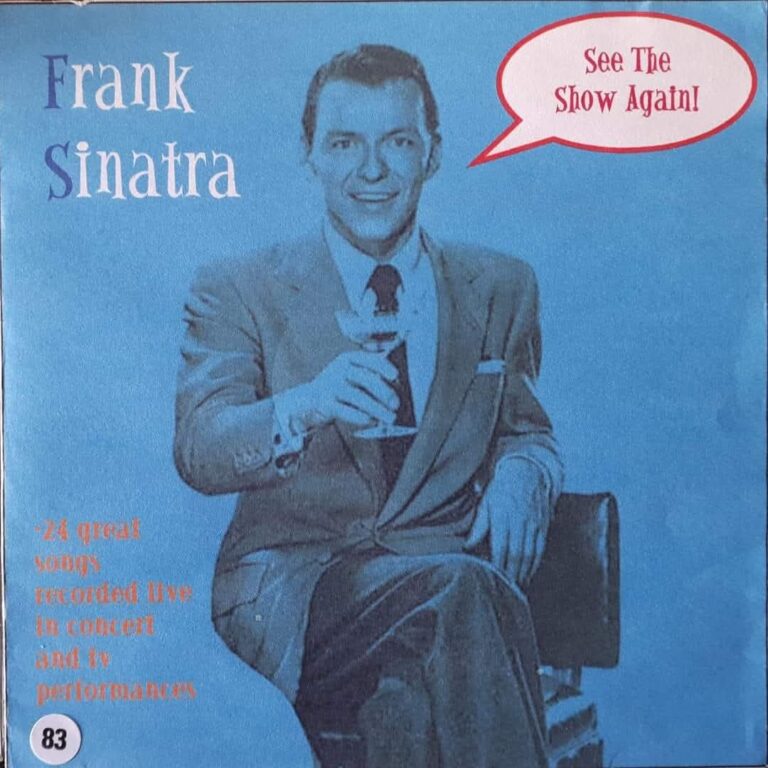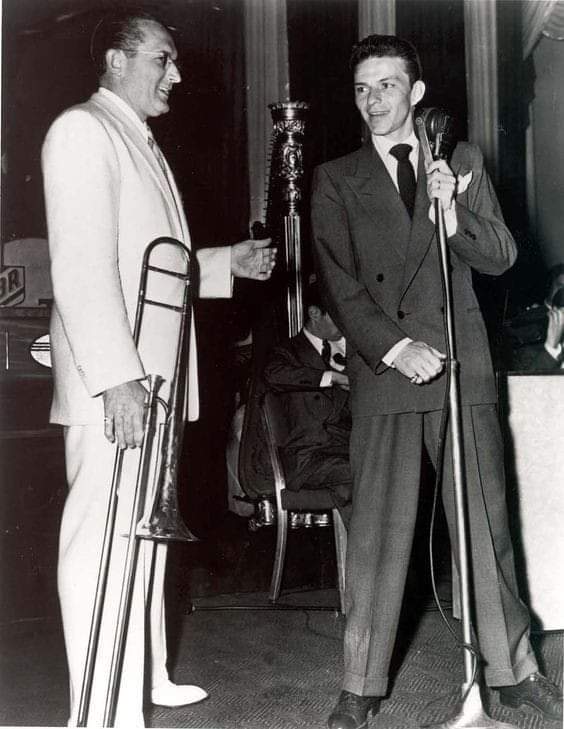
“Guide to middle age”
Stephen Holden, for “Atlantic” magazine, January 1984.
“The aura of arrogant self-assurance on Sinatra’s Capitol albums shows a man who has safely reached adulthood having barely survived an irresponsible and foolishly romantic youth. This stance has not changed significantly since then, even though his voice has become brutish and darkened with age.
The mature Sinatra is a lapsed romantic. Despite being capable of great tenderness, compassion and joy, Beneath the surface he is always reflecting on his loss of faith in the quasi-religious romantic spirit that enveloped movies and pop music in the 1940s and early 1950s. In that spirit, the ineffable sexual ecstasy within marriage was supposed to be everyone’s reward for sexual procrastination; “true love” was the happy ending everyone was convinced to anticipate. And, despite a lot of evidence to the contrary, it was supposed to last “forever.”
Sinatra’s voice had embodied this dream in the 1940s with a fervent intensity that no other singer had matched. With his round baritone, suggestive of a trombone in its most lyrical purr, he conjured a fantastic world of tender rapture, at once virile and delicate. Sinatra’s bel canto phrasing turned the most florid lyrics into sincere, believable outpourings of emotion. Faith in romantic love as a possible and permanent salvation seemed to build in her voice, giving solid spiritual conviction to the love songs she recorded in the 1940s: “The Girl That I Marry,” “How Deep Is The Ocean” and “I Concentrate On You”, for example.
If Bing Crosby, Sinatra’s great precursor, projected a comforting sense of homeliness, in which eroticism had its beloved but modest place, Sinatra exalted the erotic with a dedication that made it a world in itself. Axel Stordahl exquisitely orchestrated Sinatra’s best Columbia singles as if they were aural Valentines, adorned with lacy violins and tinkling bells.
It wouldn’t be until the Beatles’ psychedelia, exemplified in “All You Need Is Love,” that a vision of love would again be captured so deeply and successfully in pop music. But the love the Beatles conjured was a communal, polymorphous, exploratory utopia of peace, tender sex, and eternal youth. Sinatra’s love had been a yearning dream. Both visions were rooted in concepts of musical beauty carefully distilled and established in late Romantic European music.
But beauty has a way of evaporating, and Frank Sinatra arrived at Capitol just as his voice had begun to lose its mesmerizing charm. The non-practicing romantic had to rebuild his world from his core instead of trusting in magic and looking to the sky. By defining his adult self, Sinatra made the first authentic concept albums, in the rock sense.
One after another, Sinatra’s albums explored the different styles of adult love and alternatives to love, trying on different roles: the frivolous epicurean (“Swing Easy”), the warmly reflective companion (“In The Wee Small Hours”), the positive, fun-loving hedonist (“Songs For Swinging Lovers”), the happy globetrotter (“Come Fly With Me”), the mysterious loner (“Where Are You”) and the jaded sensation seeker (“Come Swing With Me”).”
If you want to visit more articles about The Life Of Frank Sinatra enter the following Sinatra Radio 24h link: https://sinatraradio24h.com/category/articles/
We remind you that you can also listen to Sinatra Radio 24 hours on your mobile phone by downloading our free applications for Android in the Play Store https://play.google.com/store/apps/details?id=sinatra.radio24h for iPhone in the Apple Store https://apps.apple.com/app/sinatra-radio-24h/id6599859344








